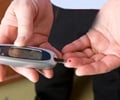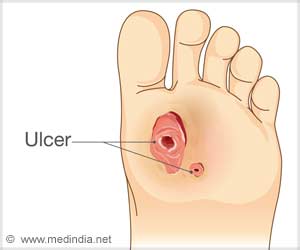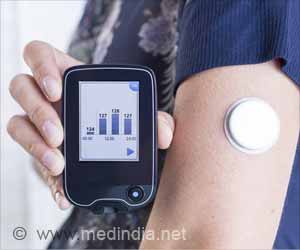
‘Novel microneedle patch which is designed to monitor blood glucose levels is 50 times smaller than the needles used in today’s continuous glucose monitoring systems.
’
Read More..Tweet it Now
But the currently used continuous glucose monitoring systems (known as CGMS) are uncomfortable since they require a minimum 7mm needle inserted into the skin. Owing to their size, they take measurements in the fat tissue - not an ideal location. Read More..
However, the new device, developed by researchers at KTH Royal Institute of Technology in Sweden, is 50 times smaller.
When applied to a human participant's forearm, the combination of the patch and an extremely miniaturized three-electrode enzymatic sensor was found capable of correctly and dynamically tracking blood glucose levels over time, with a delay of about 10 minutes.
"Our solution is painless to the user. We measure directly in the skin, and there are no nerve receptors that detect pain - just a fine mesh of very tiny blood vessels," Federico Ribe, a doctoral student at the institute, said.
Unlike commercially available CGMS which measure the subcutaneous fat tissue, the new device measures within the skin less than 1mm deep, Ribet said.
Advertisement
The team has successfully tested the prototype of a microneedle patch on a human participant, and the completion of a system for clinical tests is now underway.
Advertisement















